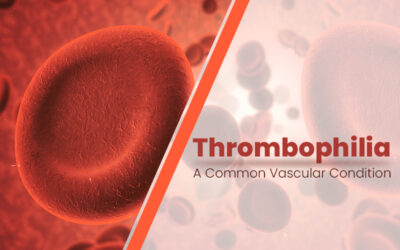Accurate documentation of any specific health condition is crucial from the point of view of patient care as well as adequate and timely reimbursement for providers. If providers use a dedicated diagnostic code within the electronic health record (EHR) to identify diabetes, it will ensure higher levels of care and a greater possibility of identifying and diagnosing patients with abnormal lab values, according to a study published in the Canadian Medical Journal (CMAJ).
The study analyzed about 11.5 million patient records from more than 9000 primary-care clinics across the United States. Researchers found that about 5.4% of patients in the databases who were likely to have diabetes were undiagnosed.
As part of the analysis to identify the number of people with undiagnosed diabetes, the researchers used simple algorithms applied to the primary-care electronic records, identifying patients who had at least two abnormal glucose levels, an HbA 1c level of 6.5% or above or both, but had no recorded official diagnosis of diabetes, gestational diabetes, prediabetes or a prescription for a diabetes medication.
Accurate Coding Affects Patient Care
In order to evaluate how accurate diagnostic coding affects patient care, researchers analyzed quality indicator data such as HbA1c testing and recording of body mass index (BMI) and BP measurement for more than 622,260 patients with known diabetes – by coding, medication use, or both for at least 15 months before the last recorded visit. On an average, only 59% of people in the US had received any HbA1c testing over the 15 months and 34% had a documented HbA1c testing of 7.0% or lower. The core findings of the study include –
- 54.2% of patients with a coded diagnosis had BMI records in their chart. Only 49.2% of patients identified algorithmically had the same.
- 40.4% of medication-only patients had a record of HBA1C testing, compared to 49.8% of coded diagnosis patients.
- Patients who were identified by their medication use alone reported lower levels of hypertension control and blood glucose control. In addition, they were 20% less likely to have record total cholesterol, and also experienced high cholesterol more often.
The study signifies that patients with a coded diagnosis of diabetes reported a higher quality of care when compared touncoded diabetes. Organizational context may determine the potential for using primary care records for identifying undiagnosed diabetes and monitoring total quality of care. With the higher adoption of EHR systems across the US, it has become more feasible to use EHR to monitor and improve care processes and clinical outcomes.




